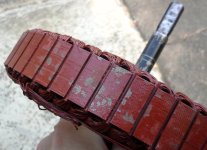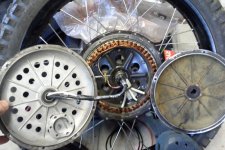wiuhh
10 mW
just my 2 cents. atf is some pretty amazing stuff with alot of engineering behind it. tho there are some detergents and other stuff as well(mechanic background not chemist). id recomend if your using silicon, to seal atf, you use a silicon from an automotive company that uses silicon instead of a transmision gasket. ie for many years chrysler was known as the best silicon available(i know chrysler????) because their silicon would stick anywhere. always. as it was designed to be put on wet as a pan gasket and imediatley filled with atf and driven etc. so anyway those in the know always kept a tube in our tool box for when it absolutley had to be sealed period.





